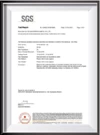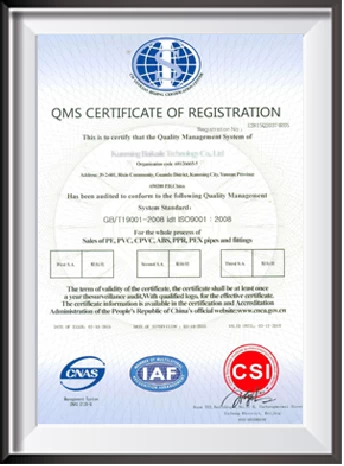Hong Kong and US choose different roads for leveraged ETFs
naky
www.diecastingpartsupplier.com
2016-08-25 18:05:45
If you would like to understand Asia’s affinity with derivatives, especially among its army of “mom-and-pop traders”, search for “CBBC.” Top of the internet listings, even above CBeebies, the BBC children’s TV channel beloved of parents, comes the Hong Kong CBBC platforms of the likes of Credit Suisse and HSBC.Derivatives including Hong Kong’s callable bull-bear contracts highlight the gulf between east and west in terms of market behaviour and thinking. The best example of this is leveraged exchange traded funds, which are seeking space alongside the city’s booming CBBC market.
The Hong Kong Exchange recently introduced its first leveraged ETF, ahead of Singapore and following in the footsteps of Seoul, Tokyo and Taipei, where business is booming. In Tokyo, the Nikkei 225 Leveraged Index ETF, the largest such fund in the world, grew so big at one point last year that it suspended investment for fear of swamping the futures market via which it produces its returns.
By contrast in the US, the Securities and Exchange Commission is planning to cut the leverage that funds can offer in an effort to protect retail investors. In June, Oppenheimer & Co paid $2.9m in fines and restitution for selling such complex ETFs to vulnerable savers.While the US first allowed leveraged ETFs in 2006 — three years before Seoul — they have not taken off in the same way as in Asia. They account for just 1 per cent of the US ETF industry’s assets under management and 9 per cent of its trading. Meanwhile In Seoul, leveraged funds represent 14 per cent of the total market and half the turnover, and in Tokyo, 7 per cent and 82 per cent respectively. In Taipei, which only allowed them two years ago, they represent 31 per cent of ETF assets and 76 per cent of trading activity.
Leveraged?ETFs?aim?to?am-plify returns of the underlying assets through derivatives. Hong Kong’s are capped at two times leverage, meaning that if the underlying index gains, say, 5 per cent, an investor gets 10 per cent. The key is that the funds are essentially reset every day. This means that someone who holds the ETF for five days over which the index climbs a cumulative 5 per cent, will not automatically receive 10 per cent.
They are also accustomed to leverage and the concept of derivatives. In addition to pioneering leveraged ETFs in Asia, Seoul is also the world’s biggest market for single-name stock options. That occasionally gives its retail punters the power to move other markets — most recently in January, when bets via so-called autocallables weighed on European shares as well as Hong Kong ones.
Brian Roberts, head of ETFs in the Hong Kong Exchange’s market development division, describes Asia’s interest in derivatives and leverage as a tactical, not strategic, approach. “When I look at US-based investors you see them being much more strategic in their asset allocation method and their investment decisions,” he said. “In Asia we see investors being much more tactical and far less having a strategic asset allocation mix.”
“In the early stage of [these] products in the US, there wasn’t that much focus on investor education?.?.?.?we have learnt from that,” says Sunghoon Koo, chief executive of Samsung Asset Management, which launched the first ones in Hong Kong, based on the Nikkei and Kospi indices.
Turnover in Hong Kong so far is small with many investors waiting for regulators to allow products based on Hong?Kong?indices — China, in?other?words. Still, as?a?Goo-gle search shows, the overall retail derivatives business is booming. As of Wednesday, “CBBC warrants” brought up the platforms of Société Générale, Macquarie, BNP Paribas, JPMorgan and UBS — not names known for bothering with small-time markets. Whether mom and pop embrace leveraged ETFs in Hong Kong or not, it appears the Asian and US markets are set to go in different directions.



















